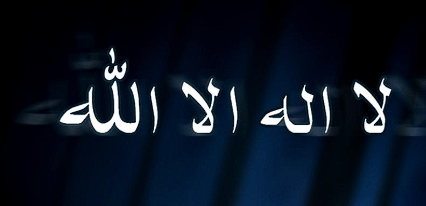Kalma in Islam
The recent terror attack in Pahalgam, Jammu and Kashmir, has brought the Kalma into sharp focus. During this tragic event, victims were asked to recite the Kalma to prove their Muslim identity.
What is Kalma?
- The Kalma, also known as Shahada, is a declaration of faith in Islam.
- It affirms the belief in one God (Allah) and the prophethood of Muhammad.
- Muslims view it as a fundamental aspect of their faith.
- Reciting the Kalma is essential for all Muslims as it represents their commitment to worship Allah and follow Muhammad’s teachings.
The Six Kalmas
Islam comprises six Kalmas, each with distinct meanings and purposes:
- First Kalma: Kalma Tayyib This Kalma affirms the oneness of Allah and Muhammad’s finality as a prophet. It is the foundation of a Muslim’s faith.
- Second Kalma: Kalma Shahada This serves as a testimony of faith. It is recited during moments of reflection or when one embraces Islam.
- Third Kalma: Kalma Tamjeed This Kalma glorifies Allah for His perfection and greatness. It expresses gratitude and acknowledges His supreme authority.
- Fourth Kalma: Kalma Tawheed This reinforces the belief in Allah’s oneness. It is a reminder of the central tenet of Islamic monotheism.
- Fifth Kalma: Kalma Astaghfar This is a plea for forgiveness for sins. It emphasises humility and the need for divine mercy.
- Sixth Kalma: Kalma Radde Kufr This Kalma renounces polytheism and false beliefs. It strengthens faith and reaffirms allegiance to Allah.
Importance of the Kalmas in Islam
The Kalmas encapsulate the core beliefs of Islam. They are fundamental expressions of faith for Muslims worldwide. Reciting the Kalmas encourages a deeper connection to Allah and reinforces commitment to Islamic principles. They also serve as prayers for forgiveness, protection from polytheism, and expressions of gratitude. The Kalmas are integral to a Muslim’s daily life and spiritual practice.
Cultural Representation of Kalma
The Kalma’s significance extends beyond religious practice. It has been depicted in various cultural contexts, including films. For instance, in the film “Raanjhanaa,” the Kalma is used to verify a character’s Muslim identity. Such representations highlight the Kalma’s role in shaping identity and community dynamics.
Month: Current Affairs - April, 2025
Category: Art & Culture Current Affairs







